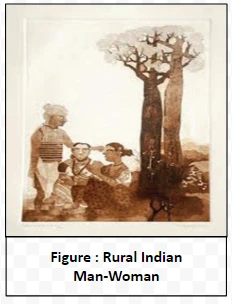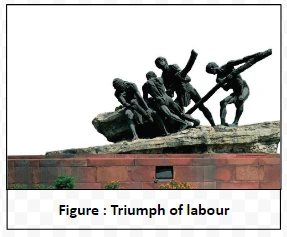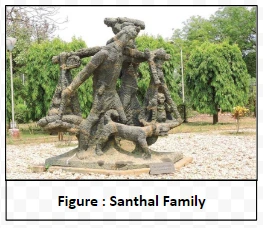![]() 25 Dec 2023
25 Dec 2023
Introduction: Profound Social Insights in 20th Century Modern Indian Art
Modern Indian art of the 20th century has witnessed impactful words that resonate with profound social insights. Artists of this era blend tradition and innovation, addressing societal challenges through diverse mediums.
Journey Through Indian Art: Laxma Goud’s Vision in ‘Rural South Indian Man-Woman

Dynamic Expressions: The Symbolism and Significance of ‘Triumph of Labour’ Sculpture

Santhal Family: A Monument to Rural Migration in Modern Indian Sculpture

Amarnath Sahgal’s ‘Cries Unheard’ – A Socialist Tribute to the Unseen Suffering

The Fusion of Folk and Traditional Craftsmanship in P. V. Janakiram’s Copper Sculpture


Sculpting Nature’s Spirit: Mrinalini Mukherjee’s ‘Vanshri’ and the Artistry of Hemp Fiber
<div class="new-fform">
</div>